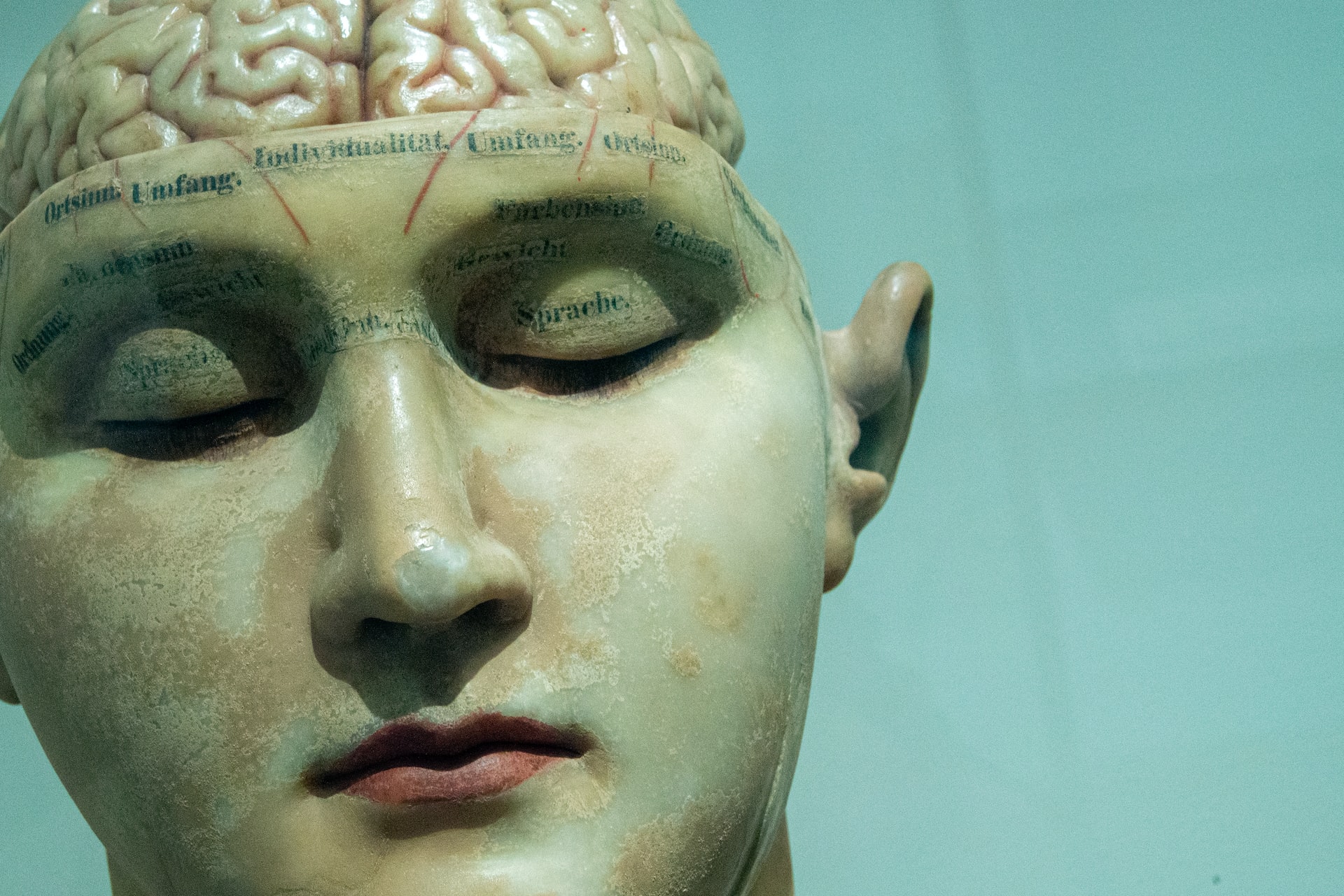Tell me about subcortical vascular dementia
Dementia is a general term used to describe a decline in cognitive function, such as memory, reasoning, and communication skills. One type of dementia that is less commonly known is subcortical vascular dementia. This type of dementia is caused by damage to the small blood vessels in the brain, leading to a decline in cognitive function and overall brain health. In this article, we will explore what subcortical vascular dementia is, its symptoms, causes, and treatment options.
What is Subcortical Vascular Dementia?
Subcortical vascular dementia (SVD) is a type of dementia that is caused by damage to the small blood vessels in the brain. These tiny vessels are responsible for supplying oxygen and nutrients to the brain cells, and when they become damaged, they can no longer perform their function effectively. This results in a decrease in blood flow to certain areas of the brain, causing damage to the nerve cells and ultimately resulting in a decline in cognitive function.
SVD is also known as small vessel disease or Binswanger’s disease. It is considered a type of vascular dementia, which refers to any type of dementia caused by problems with blood supply to the brain. SVD is different from other types of dementia, such as Alzheimer’s disease, which is characterized by the buildup of amyloid plaques and tau tangles in the brain.
Symptoms of Subcortical Vascular Dementia
The symptoms of SVD can vary from person to person, but most individuals will experience a gradual decline in cognitive function. The main symptoms include memory loss, difficulty with decision making and problem-solving, trouble with language and communication, and changes in behavior and mood. These symptoms may come on gradually and progress slowly over time.
One of the distinguishing features of SVD is the presence of neurological symptoms such as difficulty with balance, clumsiness, and weakness in the limbs. These symptoms are caused by damage to the subcortical regions of the brain, which control movement and coordination.
Causes of Subcortical Vascular Dementia
Subcortical vascular dementia is caused by damage to the small blood vessels in the brain. This damage is often the result of conditions that increase the risk of stroke, such as high blood pressure, diabetes, and atherosclerosis (buildup of fatty deposits in the arteries). When these risk factors are present, the blood vessels can become narrowed or blocked, reducing blood flow to the brain.
In some cases, SVD can also be caused by a condition called cerebral small vessel disease, which specifically affects the small blood vessels in the brain. This condition can be caused by genetic factors, high blood pressure, or other medical conditions.
Diagnosis and Treatment of Subcortical Vascular Dementia
If you or a loved one are experiencing symptoms of SVD, it is important to seek medical attention. A diagnosis of SVD is typically made through a combination of medical history, physical examination, and imaging tests, such as MRI or CT scans. These tests can help identify any damage or changes in the brain that may be indicative of SVD.
Unfortunately, there is currently no cure for SVD. However, treatment focuses on managing symptoms and slowing down the progression of the disease. This may include medication to manage high blood pressure or other underlying medical conditions, as well as cognitive therapy and lifestyle changes to help improve cognitive function.
It is also essential for individuals with SVD to maintain a healthy lifestyle by eating a balanced diet, staying physically active, and avoiding smoking and excessive alcohol consumption. These lifestyle changes can help improve overall brain health and potentially slow down the progression of the disease.
In some cases, individuals with SVD may also benefit from participating in clinical trials for new treatments. These trials are essential for advancing our understanding of SVD and finding new ways to manage and potentially cure the disease.
In conclusion, Subcortical vascular dementia is a type of dementia caused by damage to the small blood vessels in the brain. It is characterized by a gradual decline in cognitive function and can also cause neurological symptoms. While there is currently no cure for SVD, early diagnosis and proper management can help improve quality of life and slow down the progression of the disease. It is important to seek medical attention if you or a loved one are experiencing symptoms of SVD.





